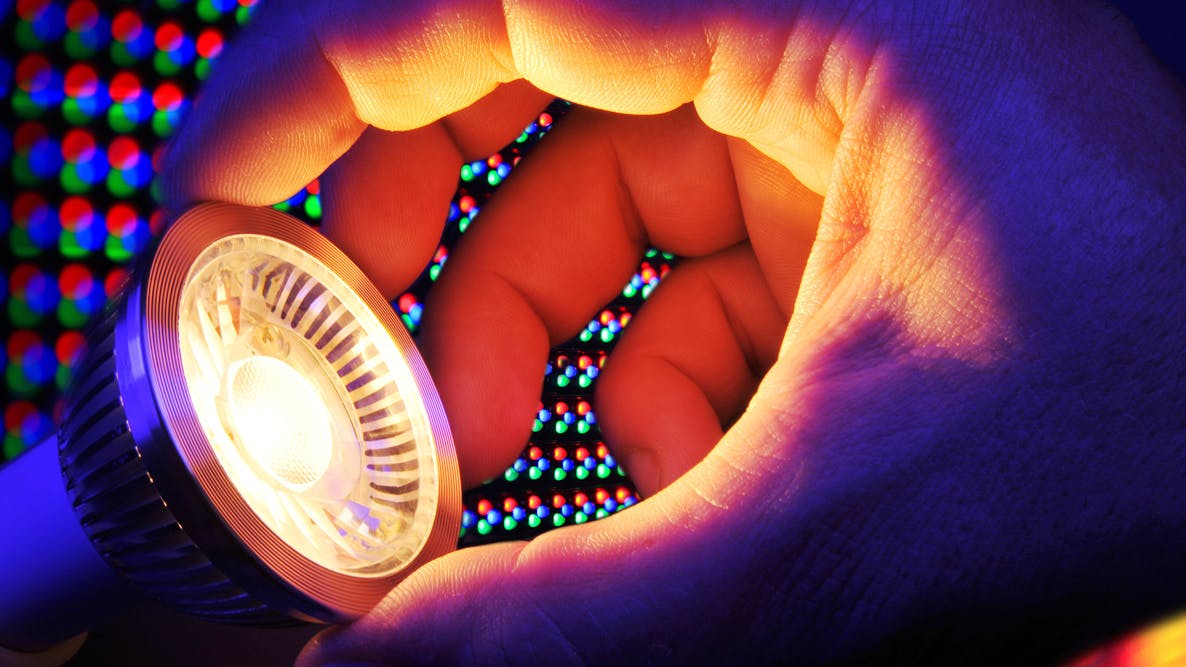A System Approach to Advanced LED Product Design
LED technology opens up a world of possibilities and some new considerations for product design.
A System Approach to Advanced LED Product Design
Let's build something together.
Biggest Innovations in 2022 That Influenced Product Design
A coffee pod system without a plastic pod. Headphones that read your mind. A touch-sensitive prosthetic hand. Check out the biggest innovations to influence product design in 2022.
Read more
What Mini Electronics Are Inside Tiny Wearables?
We opened up wearables from leading companies to see how so much was packed into something so little.
Read more
From Digital to Digital-Physical Product Design: 5 Tips for Becoming a Multilingual Design Practitioner
Teach yourself to become a multilingual digital-physical product design practitioner using five simple strategies.
Read more
13 Biggest Innovations of 2019 To Influence Product Design
Robots unleashed; the emergence of hearables; sustainable plastics and processes — we weigh in the biggest innovations of 2019 to influence product design.
Read more
Our DIY Split-Flap Display: An Adventure in Inefficient Nostalgia
We weren't setting out to invent something radically different, but we wanted to prove to ourselves that we could make our own split-flap display.
Read more
Running Effective Engineering Design Reviews
When not orchestrated well, a design review can very quickly turn into an unproductive meeting and send a team spinning with a poorly conceived action item list.
Read more
